#Trypillia
Text

Summer. Trypillia by Mykola Maksymenko, 1992
88 notes
·
View notes
Text

Disk calendar, 23rd - 15th cent. BCE, Bortnychi village, Kyiv, Ukraine
#art history#art#ukraine#ukrainian art#artwork#support ukraine#history#ukrainian history#ceramics#trypillian archaeological culture#trypillian culture#trypillya#trypillia#archaeology#from the national museum of the history of ukraine collection
32 notes
·
View notes
Text

Trypillia by Vsevolod Ivanov
#trypillia#prehistory#stone age#anthropology#neolithic#paleoart#paleoanthropology#fantasy#vsevolod ivanov
9 notes
·
View notes
Text
Second Poll.
Third Poll.
Fourth poll.
Fifth poll.
#Polls#History#Mysteries#I went with the Cucuteni-Trypillia because that's vexed me since I first heard about it#But Lioness on the Cheese Grater is a close second
14K notes
·
View notes
Text
Time Travel Question 52: Medievalish and Earlier
These Questions are the result of suggestions a the previous iteration. This category may include suggestions made too late to fall into the correct earlier time grouping. In some cases a culture lasted a really long time and I grouped them by whether it was likely the later or earlier grouping made the most sense with the information I had.
Please add new suggestions below if you have them for future consideration. All cultures and time periods welcome.
We already did the burnings which lost their bracket, but the culture lasted a long time across a big area, and people keep suggesting it.
#Time Travel#Passenger Pigeons#Extinct Species#Birds#North American History#Natural History#Pleistocene#Aotearoa#Moa#Haast's Eagle#Indigenous History#Māori History#Māori Folklore#Māori#Silphium#Ancient World#Neolithic#Cucuteni–Trypillia Culture#Kazakhstan#Archaeology#Bronze Age#History of Disease#Fiber Art#neanderthal#homins#Early humans#History of Fashion
260 notes
·
View notes
Text
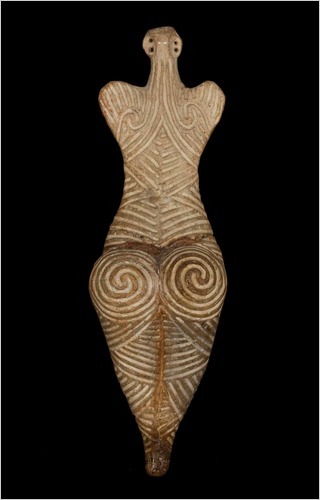
Goddess figurine (4050–3900 BC), Romania
#goddess#Romania#Cucuteni Trypillia culture#Cucuteni Trypillia#art#Miss Cromwell#Stone Age#neolithic#ancient history#figurine#matriarchy
280 notes
·
View notes
Text
my first attempt at grappling with complicated geometric design


it took me 2 lessosn to paint it whole, so about 4 hours... and it's not a good painting job. i've always hated and avoided as much as possible geometric designs, patterns that need to be executed with precision and symmetry. but it's time to change that. it's the first time i tried it, so it's not looking great. but after painting 10 pots i will become more experienced, and my lines more clean and sharp
details:


pattern is very loosed based, or maybe rather inspired by the beautiful pottery of the Cucuteni Trypillia culture, really fascinating neolithic culture that was lucky to occupy incredibly fertile lands of modern day Ukraine during a period of very favorable climat conditions. so they were rich and egalitarian, they lived in giant proto cities that were burned down every couple of decades, in multi storey wooden houses. there is a lot of depictions of women on their pottery, and female figurines, clay figurines of women sitting on thrones....

it's unfired yet, i will fire it in a pit once i visit my aunt's house in the countryside :) it looks white now, but will change colour later. the clay i used is purified clay used for brick production, so it will be orange, just like these 2 pieces:

#pottery#archaeology#replica#neolithic#cucuteni tripillia culture#prehistory#cucuteni trypole#cucuteni culture#tripolye culture#trypillia culture#blurry photos taken from my laptop bc my phone is out of order#my pottery#my pic#things i made#moje
10 notes
·
View notes
Photo
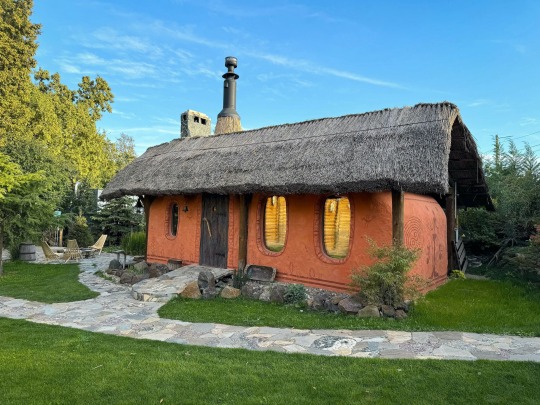
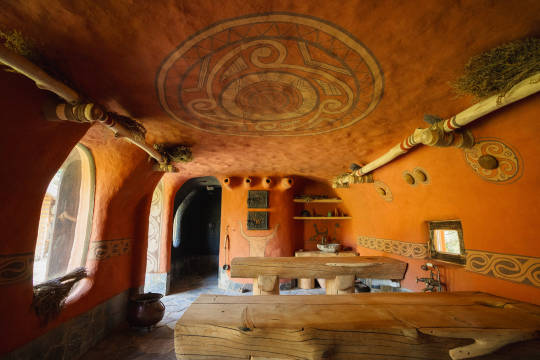
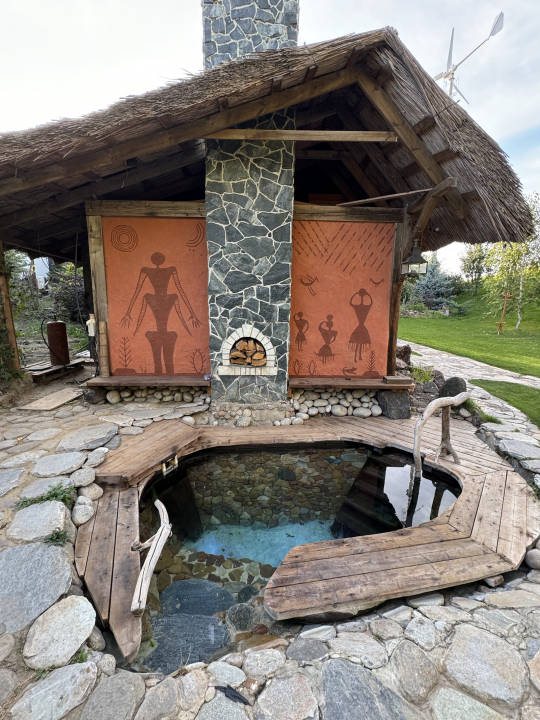
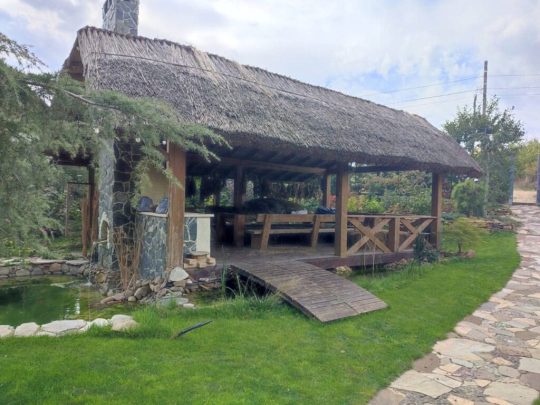
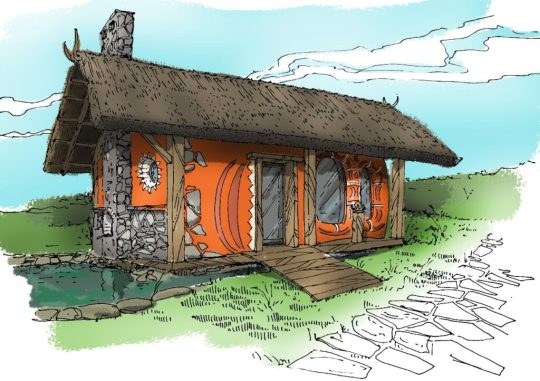
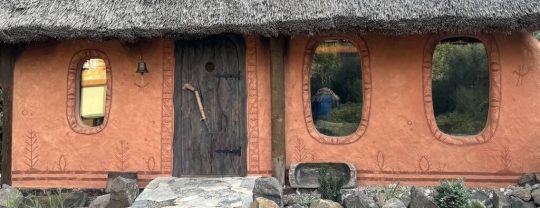



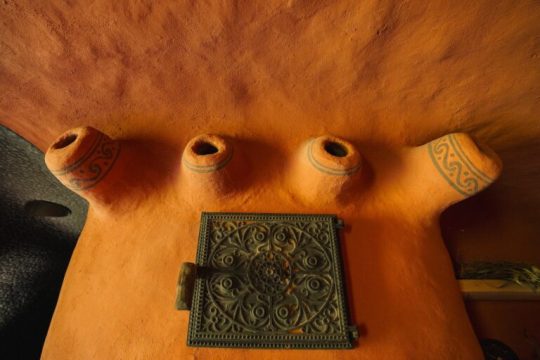
(via Trypollian Bathhouse - Dmitrii Voloshin's Blog)
#Trypollian Bathhouse#Dmitrii Voloshin#clay bath#Cucuteni-Trypollian culture#folkways#tradition#culture#ancient ways#Woloshin banya#Moldova#history#Ukraine#Sergey Burda artist#deities#ornaments#SymbolSpeak#cucuteni-trypillia culture#cult of fire#Cult of the Great Mother Goddess
5 notes
·
View notes
Text
2 notes
·
View notes
Text
ARCHAEOLOGISTS FROM THE BORSCHIVSKYY LOCAL HISTORY MUSEUM HAVE UNCOVERED A RITUAL HOARD IN VERTEBA CAVE IN THE TERNOPIL PROVINCE, UKRAINE.
The cave contains up to 8km’s of passageways which was used as a Sanctuary by the Cucuteni-Trypillia Culture.
The Cucuteni-Trypillia Culture emerged during the Neolithic–Chalcolithic (5500 to 2750 BC) in Eastern Europe, extending from the Carpathian Mountains to the Dniester and Dnieper regions, centred on modern-day Moldova, and covering substantial parts of western Ukraine and northeastern Romania.
A mysterious characteristic of the culture was the regular dismantling or burning of settlements, where each individual dwelling site had a lifespan of approximately 60 to 80 years.
Scholars debate the reason behind the burning of these settlements. Some settlements were reconstructed multiple times on pre-existing habitational levels, maintaining the form and direction of the prior structures.
Some of the settlements, such as Talianki, grew to be as large as the city-states of Sumer in the Fertile Crescent, and these Eastern European settlements predate the Sumerian cities by more than half of a millennium.
Little is known as the religious practices of the Cucuteni-Trypillia Culture, and examples of ceramics discovered are very rare. However, archaeologists excavating in Verteba Cave have uncovered a gigantic clay storage jar containing a white organic material (yet to be analysed).
Near the jar the team noticed a small niche in the cave wall, which upon a closer examination led to the discovery of a ritual hoard consisting of five female “goddess” clay figurines.
Many figurines have been found across Cucuteni-Trypillia sites, but the term “goddess” may not be entirely appropriate for every female anthropomorphic clay figurine. The archaeological evidence indicates that distinct figurines served various functions (such as protection) and therefore not all of them embody a goddess.
The researchers also found jewellery and tools (for pottery production) made of boar teeth, which is relatively unique as the culture’s rituals are normally focused more on domesticated animals like cattle, sheep, goats and dogs. When wild animals were represented, they are usually bears or deer.
Header Image Credit : Mykhailo Sokhatskyi
18 notes
·
View notes
Text
Scientists were wrong for many years: the first cities of mankind did not arise in Mesopotamia, but in Ukraine.
The Swiss newspaper Neue Zürcher Zeitung writes about it. The publication notes that for decades, there was no doubt in archaeology that the first cities of mankind arose around 3800 BC in Mesopotamia, on the territory of modern Iraq. Only there, it seemed certain, were thousands of people living together in a small space at that time.
Now, this obvious dogma is being shaken: archaeologists are investigating settlements that existed as early as 4000 BC. In the 1st century BC, this territory reached an area of up to 320 hectares, which is three times the area of the old city of Bern, and in which more than 10 thousand people could live. They were not in Mesopotamia - but in Ukraine. They show how different archaeologists can use the same material to develop diametrically opposed narratives about the past.

In the mid-1960s, military topographer Konstyantyn Shyshkin was studying aerial photographs of Ukraine and noticed a shadow. If you look closely, you can see the shadow even today. This happens because plants in fields receive more or less nutrients and water in some places than in others. Archaeological remains are hidden underground in these places. Where there was once a ditch, the roots penetrate deeper into the ground, and the plants grow higher. If the roots rest against the stones, then the stems become shorter. These features of the vegetation were arranged in such a way that it made the natural geological basis unlikely - it was in the form of concentric circles. Here, obviously, there were man-made structures in the ground. Aerial photos only give clues, then they must be verified on the ground. But it is impossible to fully excavate an area of several hundred hectares. In 1971, Ukrainian scientists began a large-scale research campaign on some of these objects using a method that was just being developed in archaeology - geomagnetism.
It is based on measuring very small changes in the Earth's magnetic field that are caused by structures hidden in the ground and the iron particles they contain. This method still requires manual labor today, but the devices measure continuously, so it is much faster than it was 50 years ago in Ukraine.
In a short time, it was possible to determine the size of the settlement, which was only dimly visible on aerial photographs. From this time and this region until that time, mainly ceramics, vessels made of yellowish clay with decorations of geometric patterns and curved lines, the so-called Kukuten-Trypil ceramics, were known.
The question arose before archaeologists: Why did people 6,000 years ago on the territory of modern Ukraine create planned settlements that were larger than any other that existed anywhere in Europe at that time? Why didn't they just continue to live their lives in small rural communities, as they had done before and as they would do again later? It took almost 3,000 years for settlements of comparable size to reappear on the territory of modern Ukraine, then Greek colonists founded cities on the Black Sea coast.
2 notes
·
View notes
Text

A courtyard in the village of Trypillia, Kyiv Region, 1911
78 notes
·
View notes
Text

Top: Clay figurines, Trypillia culture, first half of the 4th millennium BCE, Sushivka village, Cherkasy region, Ukraine
Bottom: Model of the dwelling, Trypillia culture, first half of the 4th millennium BCE, Kolomyishchyna-2, Kyiv region, Ukraine
#and how cool is that?#from the collection of national museum of the history of ukraine#ukraine#ukrainian art#artwork#ukrainian history#art history#art#trypillian archaeological culture#Trypillia#trypillia culture#ceramics
25 notes
·
View notes
Text
the cucuteni-trypillia culture were the only people who really had it figured out
no social stratification or division of labor
spend all day doing farm shit or making sculptures of hot women
every 70 years burn your entire city to the ground and rebuild it all from scratch
#cucuteni-trypillian posting#neolithic posting#fuck the greeks and romans and what have you. the cucuteni-trypillia culture is the only ancient people i look up to
4 notes
·
View notes
Text
Cucuteni–Trypillia culture
The Cucuteni–Trypillia culture, also known as the Cucuteni culture or the Trypillia culture, is a Neolithic–Chalcolithic archaeological culture (c. 5500 to 2750 BC) of Southeast Europe. It extended from the Carpathian Mountains to the Dniester and Dnieper regions, centered on modern-day Moldova and covering substantial parts of western Ukraine and northeastern Romania, encompassing an area of 350,000 km2 (140,000 sq mi), with a diameter of 500 km (300 mi; roughly from Kyiv in the northeast to Brașov in the southwest). Wikipedia
#phys.org#Ukraina#Moldova#Cucuteni–Trypillia culture#Trypillia culture#Trypillia settlements#Europe#Mega sites#Mega settlement#Vegetables#Agriculture#farmers#farming#Neolithic technology
0 notes
Text

Model of reconstruction of a dwelling of the Aeneolithic Trypillian culture, Tomashevskaya local group. Approx. 3700 BC. The item is on display at the Kiev Archaeological Museum.
#arts and crafts#handmade#handmadeartwork#tumblr artist#crafts#artists on tumblr#archaic ancient crafts history panel primitive pyrography traditionalart woodworking historyart#historyart#ancient history#history#archeology#architecture#museum#culture#reconstruction#my art#Trypillia culture#український#український tumblr#tumblr українською#Трипільська культура#craft
1 note
·
View note